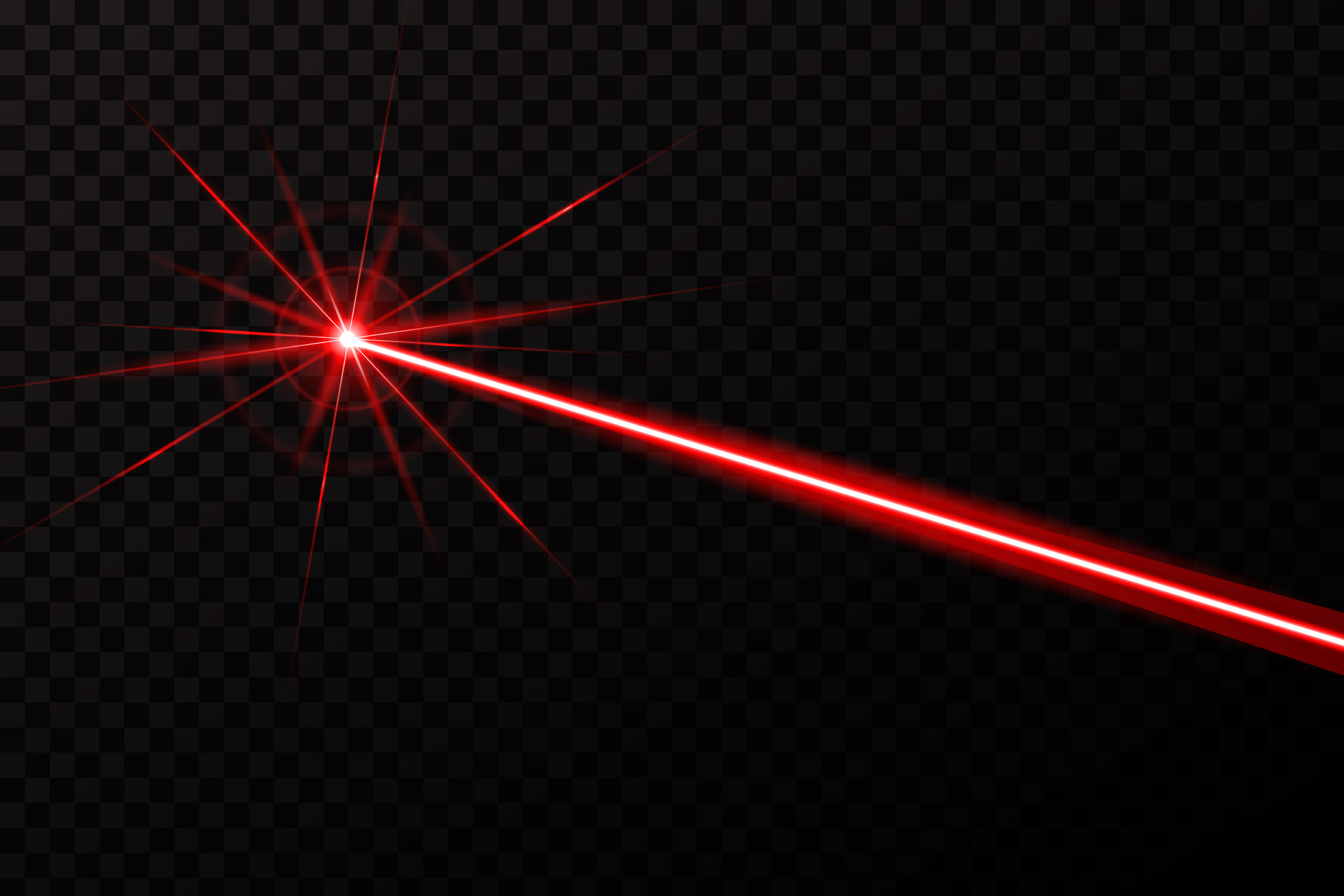Laser Surgery
Which skin conditions can be treated with lasers and what types of lasers are used?
Lasers and light treatments (such as IPL) permit the treatment of a wide variety of skin concerns through the carefully calibrated application of targeted light energy. I perform a high volume of laser treatments and have access to a range of advanced lasers across a number of central London locations. The following are the most frequent conditions that I treat:-

- Redness and broken blood vessels: Pulsed-dye lasers and Intense Pulsed Light are effective in treating spider veins and redness caused by conditions like rosacea. They target the blood vessels, causing them to shrink and be reabsorbed by the body. Long-pulsed Nd:YAG lasers are used for larger or more resistant blood vessels.
- Scars: Atrophic (dipped) scars can be improved by non-ablative or ablative fractional lasers that promote collagen production. Red scars and keloid scars can be improved by pulsed dye lasers.
- Pigmentation: Sunspots, freckles and post-inflammatory hyperpigmentation can be treated with Intense Pulsed light and Q-switched Nd:YAG lasers.
- Wrinkles and Fine Lines: Ablative fractional lasers, such as carbon dioxide lasers can improve the appearance of moderate to deep wrinkles and fine lines. They work by causing microscopic columns of thermal injury in the skin, promoting collagen production and skin resurfacing without damaging the surrounding tissue. Non-ablative fractional lasers can achieve an improvement with less downtime.
- Hair removal: I use the Elite laser which has both alexandrite and NdYAG wavelengths permitting the safe treatment of pigmented and non-pigmented skin types.
Learn more:-
